With Regenerative Agriculture, Context is Everything
If we do not first take time to define the context surrounding our business, we will not have the knowledge needed to make sound decisions.
In the Six Principles of Soil Health, “Know Your Context” is the first principle. What does that mean, exactly? And why is it so important to the start of your regenerative agriculture journey?
Webster’s Dictionary defines context as “the parts of a written or spoken statement that precede or follow a specific word or passage, usually influencing its meaning or effect” and as “the set of circumstances or facts that surround a particular event or situation.” The origin of the English word comes from the Latin contextus, which means a “joining together” or “to join by weaving.” These definitions and the root origin are quite telling.
In my mind, the Latin meaning – “to join by weaving” – paints the clearest picture. You weave fibers together to form one cohesive and intact fabric. Separately, the fibers are just fibers, without a larger meaning or purpose. Woven together, they become a beautiful fabric that serves a specific purpose.

Proper Context
Proper context is important in every aspect of our lives. If I study scripture, then the context of what I am studying is crucial to my understanding and application of that scripture. In our personal relationships, context is the glue that holds a relationship together. In my own marriage, I can truthfully say that whenever context is left out of the conversation, that is when my wife and I have problems and misunderstandings. It is only when context is fully explored that we come to decisions that are mutually beneficial.
In today’s highly politicized world, context is often thrown to the wayside. How many interviews have you watched where a person’s original context was misconstrued? How often do political adversaries go to great lengths to twist context? How many news articles do you read where context does not seem to matter?
The same applies to our farms and ranches. If we do not first take time to define the full context surrounding that business, we are making a core mistake, and we will not have the knowledge needed to make sound decisions. Herein resides the danger of prescriptive approaches to farming or grazing. Prescriptions cannot fully define nor take into account your full context.
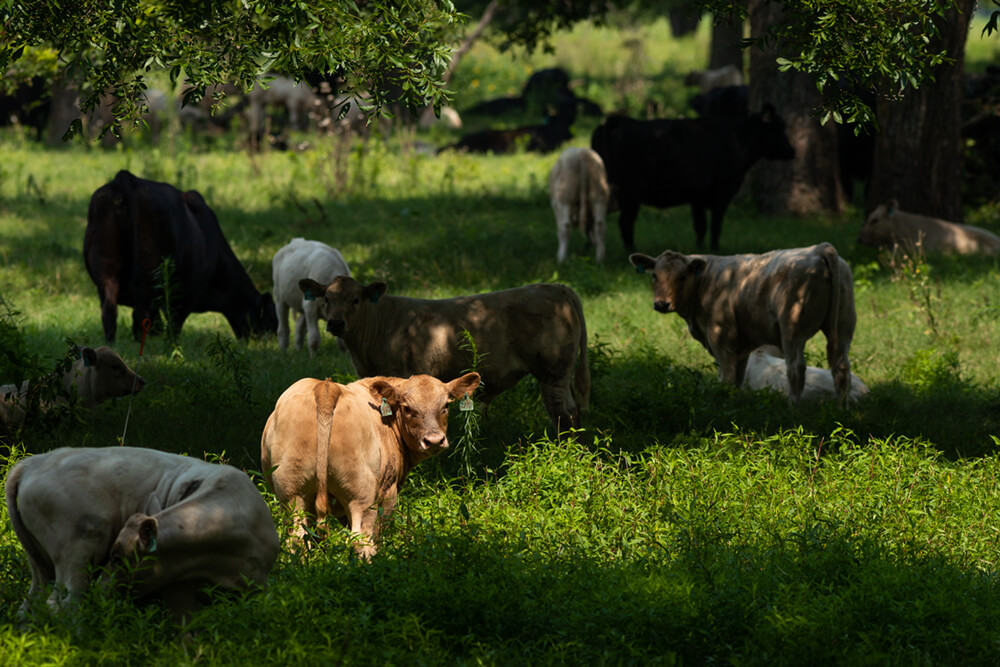
Key Components of Context on a Ranch
So, what are the key items that, woven together, create the context on a ranch or grazing operation? Let’s explore them, and lay a foundation for why context is the first thing you have to consider before adopting new management philosophies, principles or practices.
Context consists of everything that matters on and influences your ranch:
- Your production goals and objectives
- Your economic and financial goals
- The types of enterprises you operate on your ranch
- The genetics and epigenetics of your livestock
- Water, fencing, facility and topography constraints
- Your forage base
- How you graze
- Soil health parameters
- Biodiversity
- Your climate, region and environment
- Markets available to you
- Your individual background, education, experience and knowledge base
- Your powers of observation
- Your desired quality of life
- Your family and employee dynamics
- Future succession plans
- Who is responsible for what on the ranch
- The history of the property since you have owned or operated it
- The prior agricultural use history
- The longer-term ecological history
- Land values
- Taxes
- Influence of neighbors and others
- You own willingness to learn something new
- Your risk tolerance or aversion
- Your belief system.
At first glance, you might remark, “Wow, what a list!” You would be correct. It is quite the list, but every item on that list has a profound impact on the ultimate success or failure of your operation. Going through a list like this and defining context for each item is not an easy task. It requires commitment and work from us. That is why we are so prescription-, formula-, or recipe-oriented on most ranches and farms. It is easier to follow a prescription or recipe than to have to think through our context.
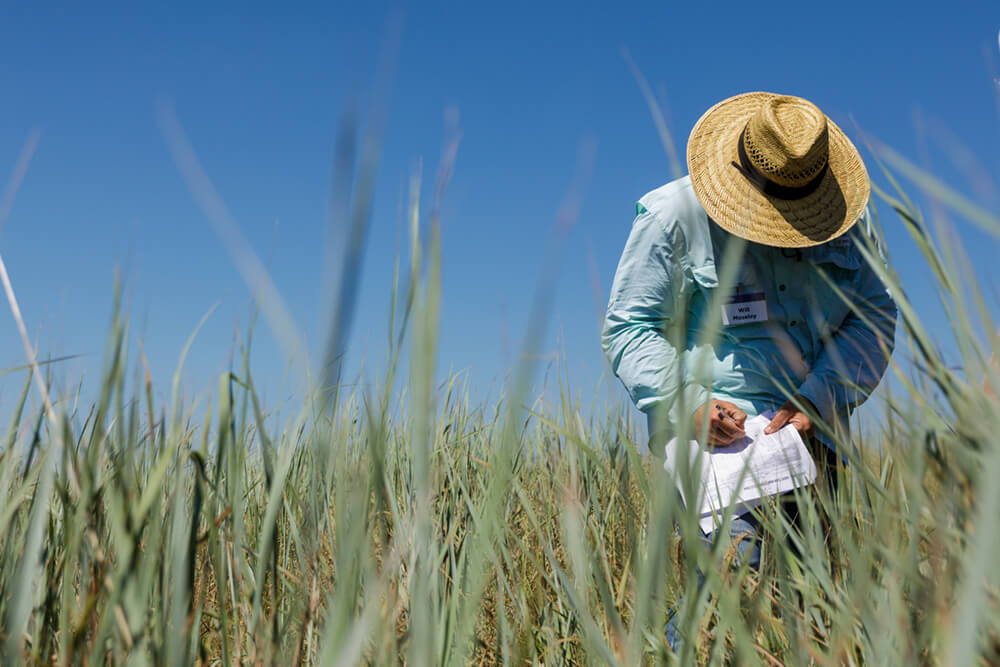
Being Intentional
One of my partners within Understanding Ag, Shane New, has a saying that I believe to be appropriate here: “We have to be intentional and not intentional-ish.” Now, I know intentional-ish is not a word, but Shane invented it to get a point across. Too often, we are intentional-ish and do not really follow through on what we “intend” to do.
The Six Soil Health Principles and Context
Let’s revisit why “Know Your Context” is the first of the soil health principles. If we do not first take time to define our context, we will have a hard time properly applying the other five principles. We may hear about someone else trying something different and experiencing some success, and we decide that we will try that same thing. If we do that, and try to just copy their model, we routinely discover it doesn’t work the same way on our ranch. Why? Because we were not applying the principles of what they did to our ranch. We were trying to mimic precisely what they did. The moment you do that, you are following a prescription and are immediately out of context.
This is why we so often hear the phrase from ranchers, “Well, that may work where you’re from, but it won’t work here.” They are both right and wrong at the same time. If they tried to implement regenerative practices without first defining their context and working within that, then it will not work. However, if they took time to define their context and then applied the principles within that context, it is highly likely that regenerative practices will work on their ranch.
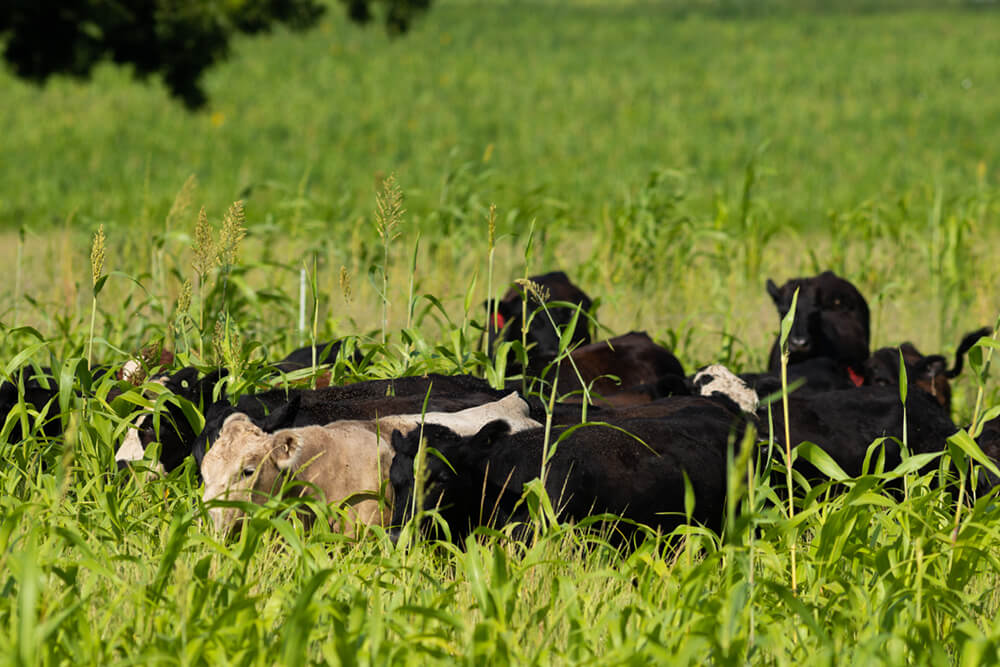
Practical Gathering of Context
How do we do this practically? When we work with a new client, the first thing we do is take time to gather as much context as possible. We will ask a number of questions about the ranch, including:
- The known history of the ranch
- Their family and employees (we like to have as many family members and employees present as possible, because they add to the true context)
- Their future plans, goals and objectives (production and financial)
- Available markets
- Desired quality of life
- Succession plans
- Type of enterprises
- How they manage, graze and select/cull their herd
- Livestock genetics base
- Forage base
- Constraints and challenges.
We will then ask them to take us on a detailed tour of the ranch property(s) so we can get a firsthand look at their current situation. We want to see the land base, the facilities, the water resources, fencing resources and livestock.
It is often on the ranch tour, when we are all seeing the same things, at the same time, that the ranchers will reveal much more about their full context, their problems, challenges and issues. We carry along simple tools such as a shovel, water infiltration ring, soil thermometer and a refractometer (to take Brix readings of plants to measure the sugars, vitamins, minerals, proteins and other solid content in their juice). Using these simple tools in the presence of the ranch ownership and management brings their context into focus. You cannot deny what you are seeing in front of your eyes.
After that initial visit, we then research the historical ecological context for their region. What was that land like 400-500 years ago, 1,000 years ago, 2,000 years ago? This is important, because it provides a glimpse into what the land and soil health may once again be. What is the real biological potential? Too often we consider only the context of recent history, leading to erroneous conclusions about what a land once was and can be again.
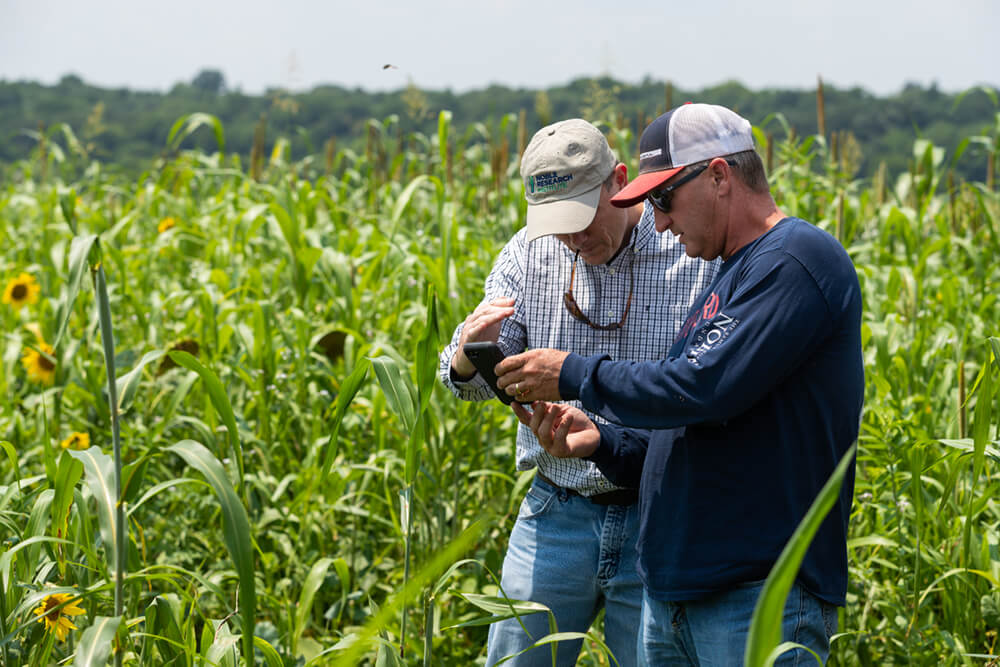
Summary
The truth is we could write a book on “context.” There is that much to say about it. However, for practical applications, what we have outlined here will get you started. You need to understand the key points of context for your ranch. Be intentional about both defining and implementing practices within that context. Take time to gather as much context as possible, and then implement your plan based on that contextual knowledge. If you do that, your opportunities for success will be far greater.


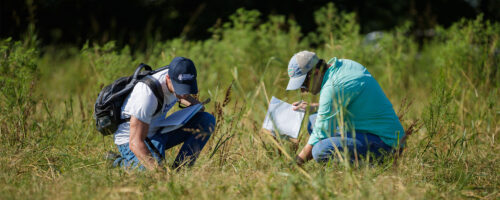
Comment